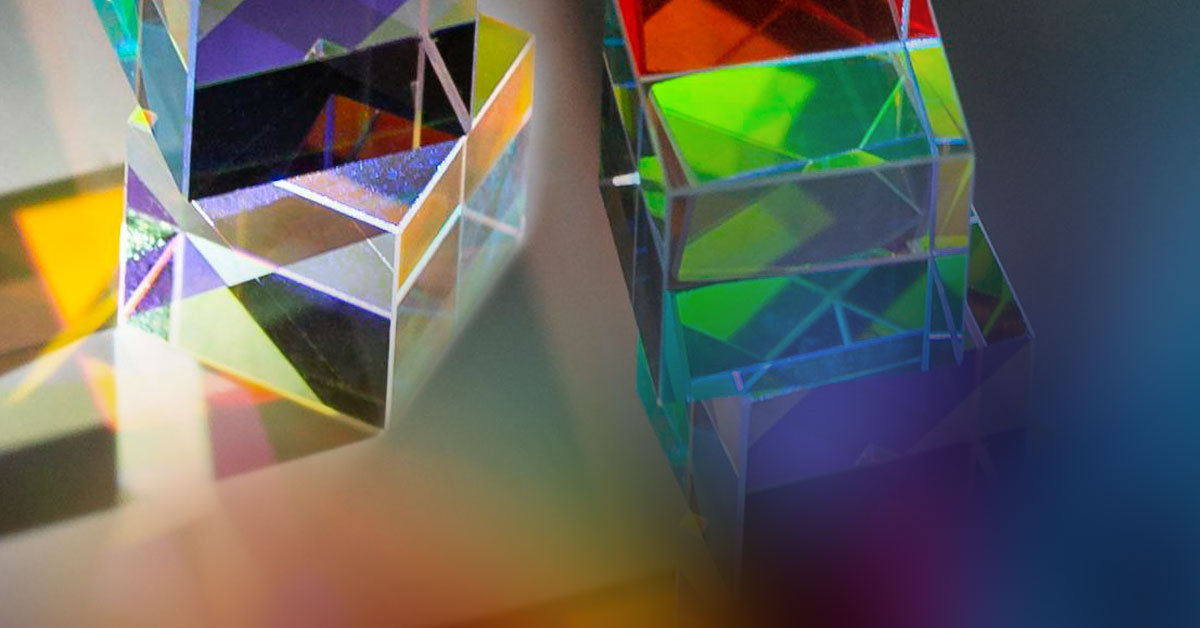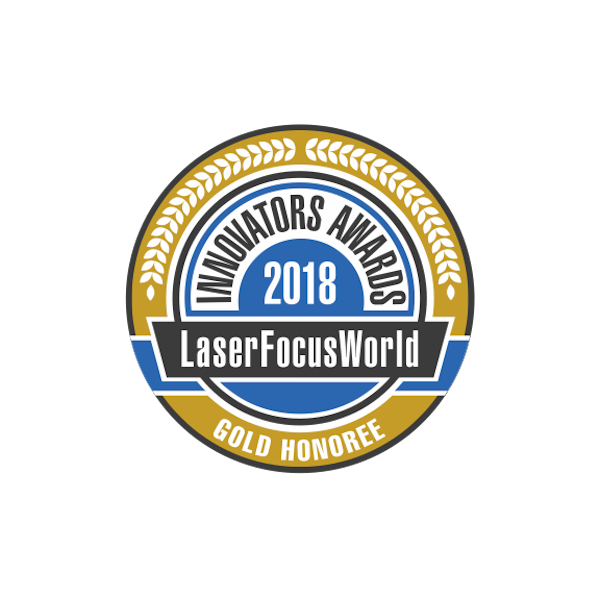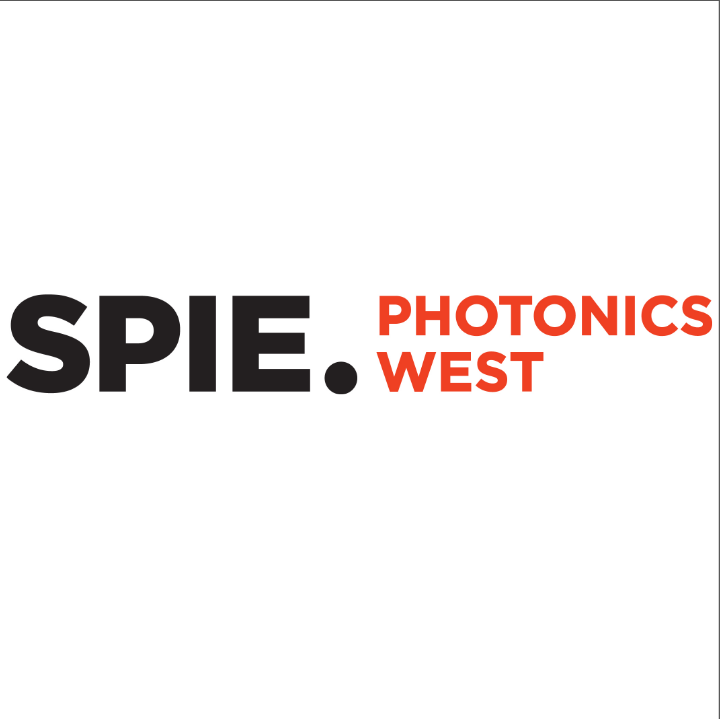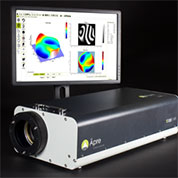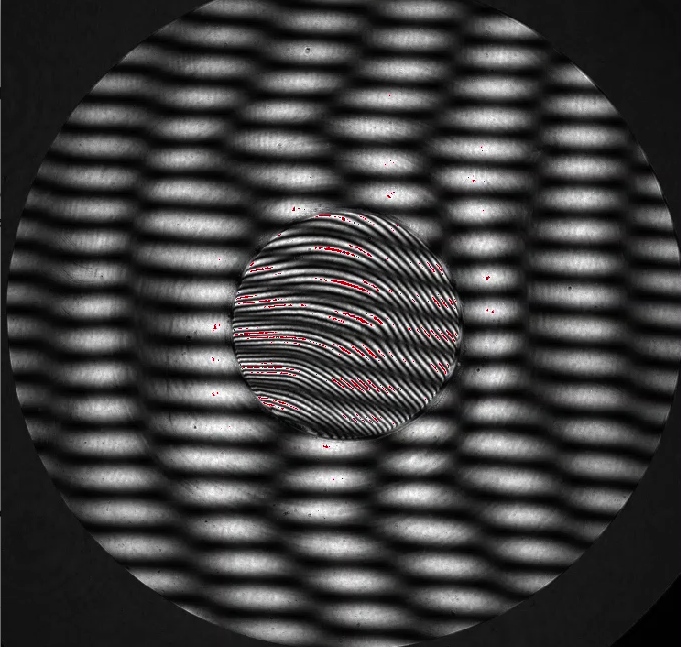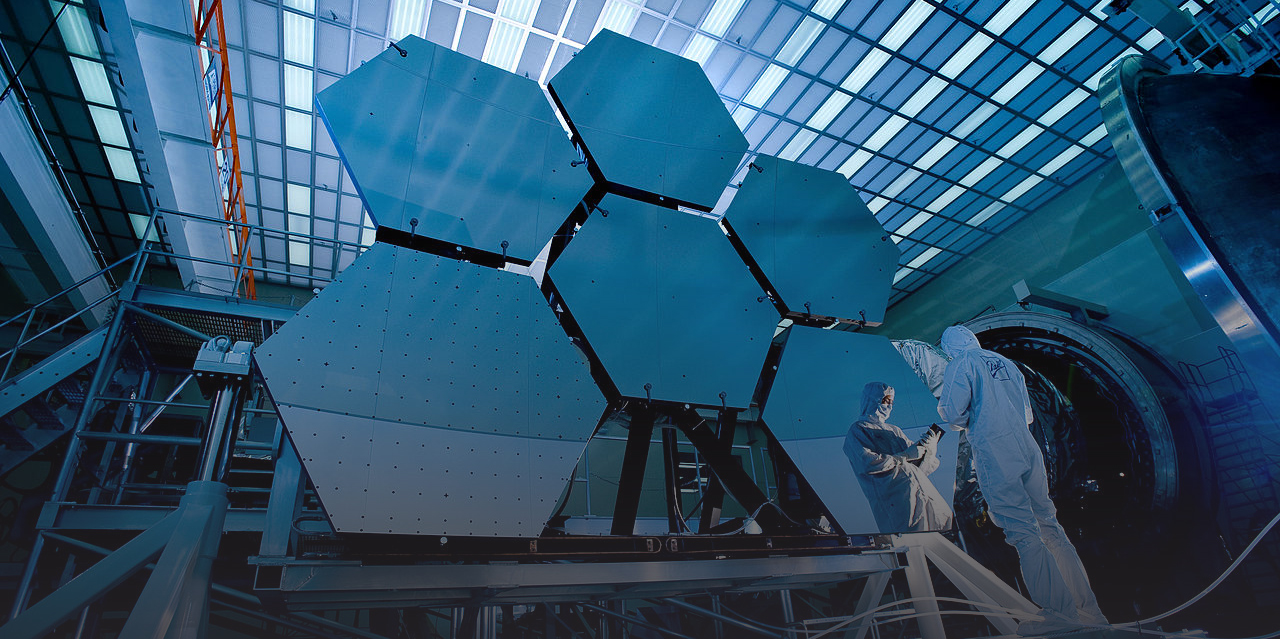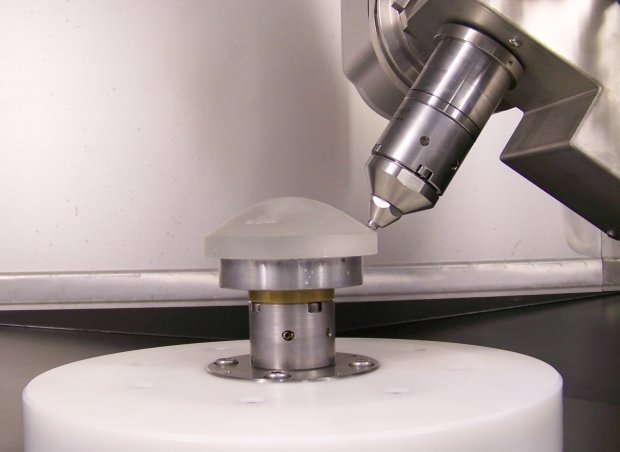Guernsey Coating Labs, a Ventura, CA-based company has supplied optical thin film coatings to the industry for over 40 years. Guernsey recently purchased a Zygo interferometer with an Äpre software upgrade. Ty Guernsey, President and Founder, shares how this has assisted in expanding capabilities for her company.
What challenges led you to invest in interferometry?
The interferometer lets us control the whole process reducing our customer’s risk.
Guernsey Coating Laboratories is an optical coating house with the mission to support our client’s needs. Working with our clients, we can now provide substrates on their behalf. A complete product (substrate plus coating) has been beneficial for many clients since it saves them extra time and steps in having to buy glass separately.
In the past, it was up to the client to take the responsibility for surface flatness. With our Varian spectrophotometer, Zygo interferometer, with Äpre’s 1MP camera, computer, and software upgrade, our clients can have more data regarding their product with precision information even before the finished optic is delivered.
The interferometer lets us measure the flatness of the substrate prior to and after coating. This helps during the inspection process in order to reduce our customer’s risk.
We can now determine whether the substrate is up to the flatness standards required pre-coating as well as the surface figure properties after coating is applied.
Surface quality of the substrate (as in under-polishing, scratches, digs) is imperative prior to production. However, it is also known within the industry that flaws are enhanced after coatings are applied. Using the interferometer will only determine the flatness.
Why did you choose Äpre?
Äpre’s open communication made the purchase straightforward.
Äpre was able to install software quickly, efficiently, and within a price point that made sense. Äpre also made the logical experience a breeze.
Did you look at alternative optical metrology solutions?
This interferometer and software upgrade was a great fit for our needs, driven by our customer requirements.
”Watching Guernsey Coatings’ success is so rewarding. Their interferometry system and software aren’t just another tool – it’s a way they live out their company mission by adding more value.”
Robert Smythe, President, Äpre
What were installation and training like?
Äpre made the software installation easy and uncomplicated.
Although using the software was more of a learning curve, it was definitely not extensive. We’re very fortunate to have expert employees, some of whom have been with us for decades. They are cross-trained on our upgraded equipment making sure we keep projects going even when someone is on vacation.
What’s next for you and Guernsey?
With Äpre’s open communications and great rapport, we’ll continue to work together. I’ve been extremely happy at every point along the way.
It has been beneficial for us as well as our clients to have the interferometer added to our capabilities. When a client requires Guernsey to supply a substrate, we can now check the flatness of the glass, taking that responsibility off of the client. Any instrument that assists in providing an improved product is vital to the success of our client.
The field of thin film deposition is not without its’ challenges. Communication and transparency between ourselves as well as our clients is a foundation we strive to keep.
At ÄPRE we’re keeping our eyes on the horizon to boost your capabilities and profitability. Let us provide you with state-of-the-art systems to advance your process. Contact us today to get started.
